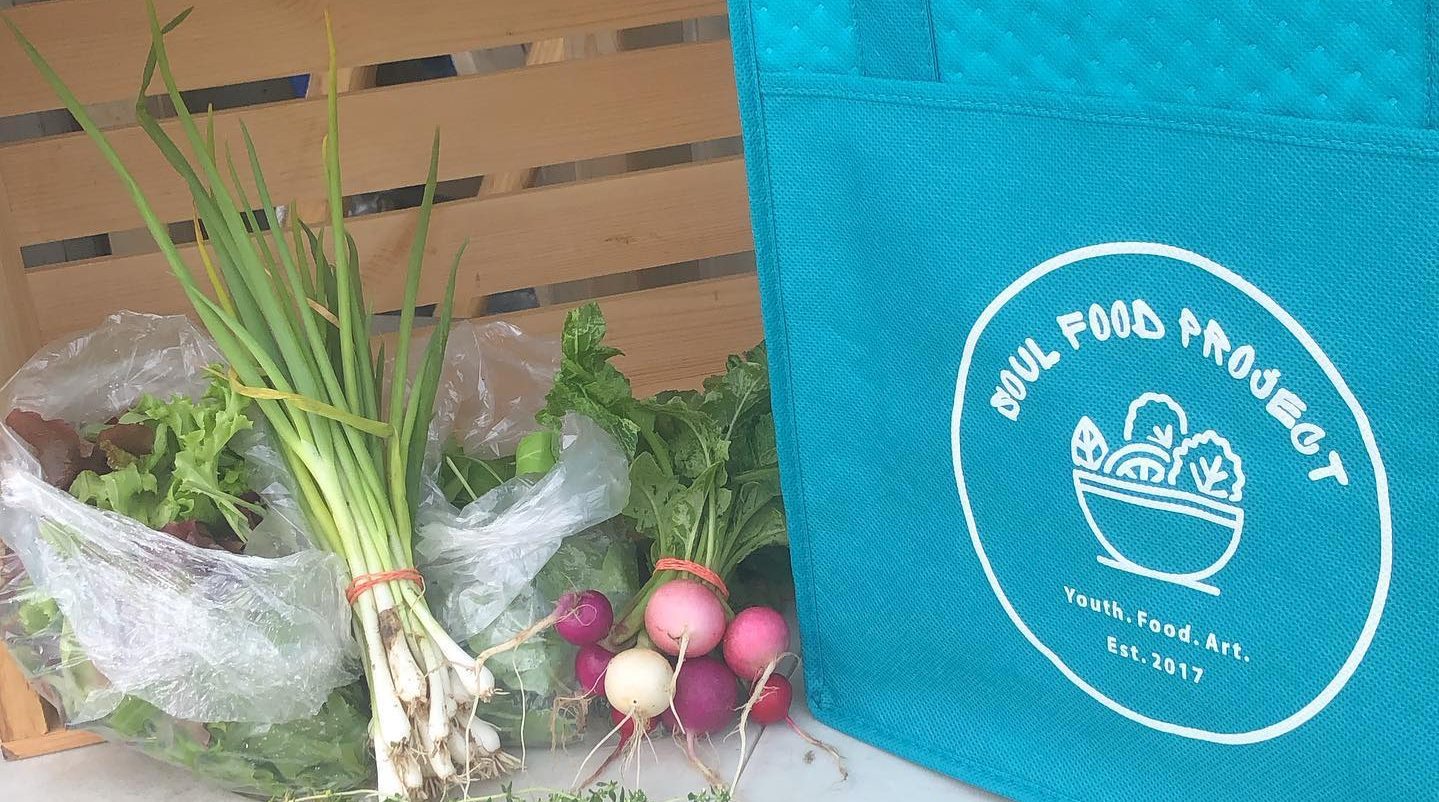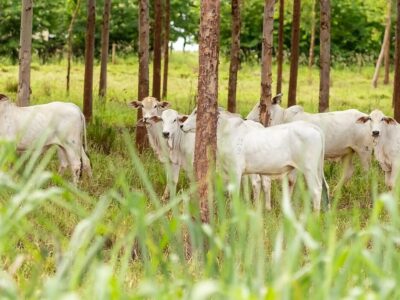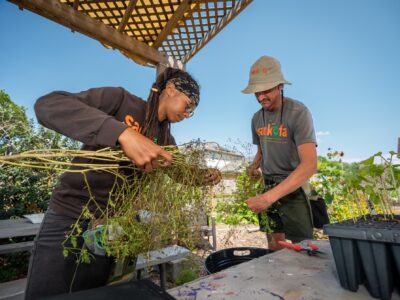Food insecurity is a real issue affecting America’s biggest cities. It typically harms those who don’t live near a legitimate grocery store with fresh, healthy produce. This lack of access disproportionately affects people of color and those living in low-income neighborhoods. The good news is a viable solution is gaining popularity: urban farming. In Indianapolis, crops grow amid bustling streets, residential areas, and commercial districts, giving people new opportunities to learn about agriculture and sustainability.
Two Indianapolis nonprofits have led the way for these urban farms to be highly successful endeavors. Soul Food Project, Inc. and Indiana Community Food Access Coalition are working to empower young people to take up their rakes and shovels, plant nutritious vegetables, and adopt a more sustainable, healthy lifestyle.
Soul Food Project, Inc. opened three farming projects in vacant lots around the city. The Temple Avenue Gardens, Sheldon Street Farms, and Carriage House at Tinton Court which is at an apartment complex were some of the first farm plots set up.
Rows of crops sprout from the ground while chickens run around in a pen behind the boxes. These vacant lots are free to use, and rather than let them get overgrown, Indianapolis youth have made it their mission to cultivate fresh veggies for themselves and their families.
These projects are due in part to the activism of Indy native Danielle Guerin. She was inspired to start the farms after volunteering at one before attending Indiana University Bloomington for her graduate studies. After studying sustainable development, Guerin served as a teacher with the Peace Corps in West Africa. Realizing that her neighborhood in her hometown was also a food desert in the same way as parts of West Africa, she wanted to find a solution to ending food insecurity at home in Indianapolis.
“I was aware of the challenge my family faced being in a food desert and knowing that having good quality food helps with so many different things,” Guerin said. “There’s a lot of health issues that come from not having food, and a lot of like poverty and things of that nature.”
After her return, while working at an apprenticeship and taking an agriculture class, she found the vacant lot at Temple Avenue, leading to the founding of Soul Food Project, Inc Today, she organizes youth programs to teach the value of civic teamwork and sustainability. There are three youth courses the project runs, varying by age group. “Interns” learn about entrepreneurship and financial literacy alongside farming techniques. Guerin will often gather them all for “Real Talk” for lessons on frugal spending.
The farms tackle a serious problem in the city. According to the Indiana Community Food Access Coalition, more than 200,000 residents live in a food desert. How does a food desert form in an urban setting? Simply put, when 33% of the population lives a mile or further from the grocery store, the proximity is classified as a food desert.
Urban farms are not a novel idea being introduced to the Indianapolis area. Ideas for these agriculture projects go back to 2009. The Center for Public Environmental Oversight ran a study that focused on agriculture in the city, saying the departures of railroads and interstate highways in the Martindale-Brightwood section, where Guerin hails from, caused people to move to the suburbs in 2000, thus taking a lot of the food distribution infrastructure with them.
The demographic shift hurt people of color the most, so the center proposed installing urban farming for easy access to fresh produce. However, the often contaminated land due to industrial dumping was an obstacle to these efforts.
Even after many years of cleanup, it still needed mulch and topsoil to yield enough crops to feed thousands of people. The good news is the box-style growing fields have made it easier to grow crops above the ground.
Tackling food insecurity in any city takes a multi-pronged effort, with work from farms, nonprofits, and the local government. Through partnerships with 15 community organizations, the Indiana Community Food Access Coalition delivered 300,000 pounds of fresh produce to residents in food deserts through the Good Food For All program. Thanks to Guerin, her interns, and the buy-in from these nonprofits, even more farms could pop up in Indianapolis.
“I really want all of us to have gardens in our own homes and actually be able to have that space and learn and understand where our food is coming from and how to grow it,” Guerin said.





